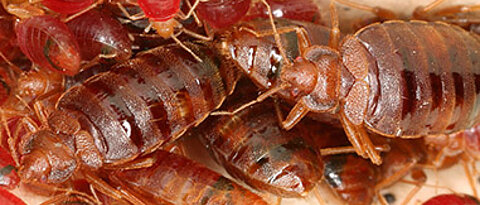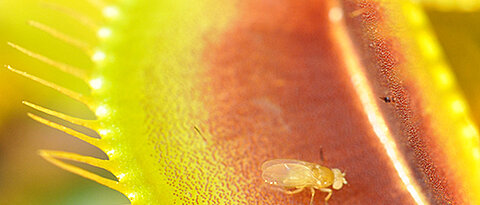Tracking down a bloodsucking pest
02/02/2016
An international team of scientists has managed to sequence the genome of the bedbug. Among them are neurogeneticists from the University of Würzburg's Biocenter. They studied genes that control the circadian clock, secretion and moulting processes.
more









